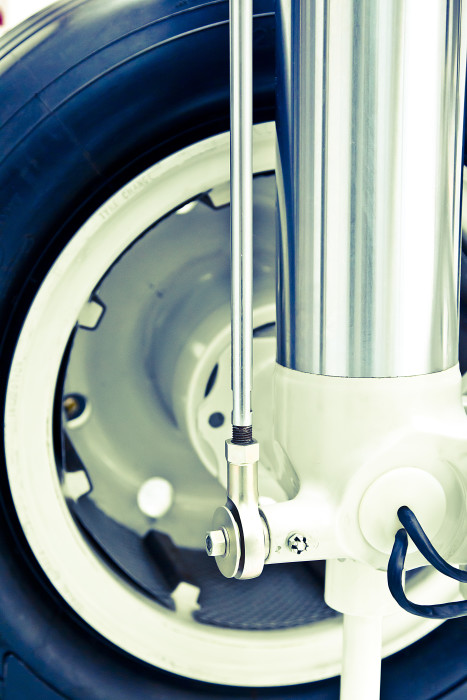29th March 2016
Research, Robots, and Virtual Reality: the Future of Manufacturing

Does the assertion ‘The U.K. doesn’t make things any more’ sound familiar? Do we now trade bonds, sell insurance, and brew lattes, rather than make cars? Is manufacturing now only the preserve of emerging economies? These are some of the perceptions of the UK’s manufacturing industry. The reality is a bit different.

Manufacturing remains a major source of UK prosperity. It makes up 54% of our total exports. We are the 11th largest manufacturing economy in the world. It directly employs 2.6 million people. The research base underpinning our manufacturing industry is world leading.
How do we sustain this performance in a rapidly changing global economy? How do we use the huge technology change underway to strengthen our manufacturing industry? Understanding how others are tackling the same questions can help guide our response. This reasoning lay behind our decision to host a workshop in Singapore, bringing together UK and Singaporean experts to discuss the future of manufacturing.
We are looking at some of the same opportunities and challenges. Singapore too wants manufacturing to remain a key part of their economy. They want their firms to create value, not just products. They too want innovation to run through their manufacturing sector.
And our responses also look similar in many areas. Singapore is undertaking cutting edge research on using robots alongside humans in the factories of the future. Like us, they see the potential of additive manufacturing – better known as 3D printing- to transform the ways that companies make products. We are both working hard on developments linked to the Internet of Things – machines communicating to machines- so that components of a production line and supply chain can feed back changes and defects to other parts of the system. Like us, Singapore is developing technologies to incorporate virtual and augmented reality onto the manufacturing shop floor.

The issues go wider than technology. We are looking at investment in the skills we will need as manufacturing changes – especially for people already in work. We are sharing information about the structures that we need for the future, including our network of Catapults, and their role in helping industry to innovate.
There are other benefits of sharing our approaches. Working together on advanced manufacturing helps to highlight our respective strengths in research and innovation. And there are practical ways in which we can collaborate, including by pooling research efforts. The UK and Singapore have already jointly funded research, developing innovative responses to the challenges of cybersecurity and urbanisation.
Working together, we can stay ahead of the curve, supporting our manufacturing industry as it prepares for the future.

Great information of robots manufacturing in future .